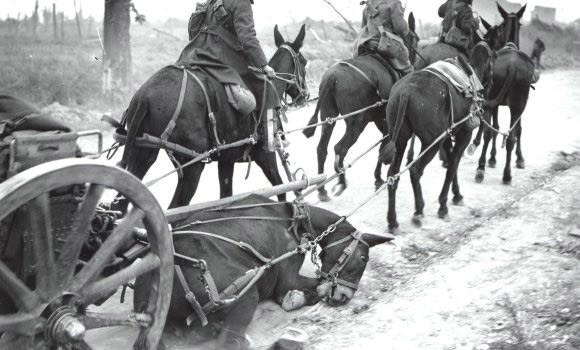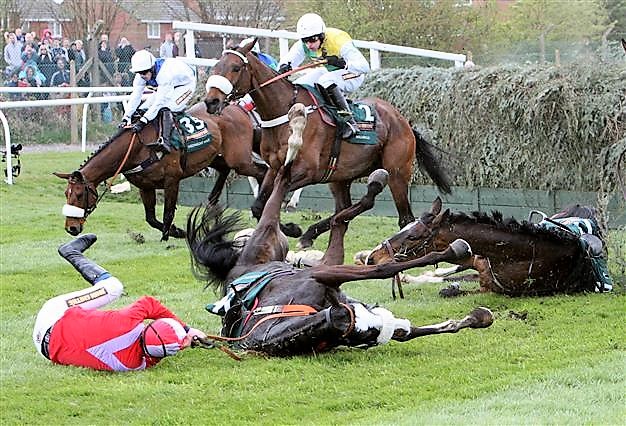-
Remembering the carers of the war horses.

We tend to overlook the men who often risked their lives to care for and safeguard their comrades the war horses under atrocious conditions while in action at the front.
-
Why 62.5% of the Grand National runners did not finish.

62.5% of horses did not finish the 2021 Grand National and two died. Are we all guilty for allowing this unnecessary suffering to continue.